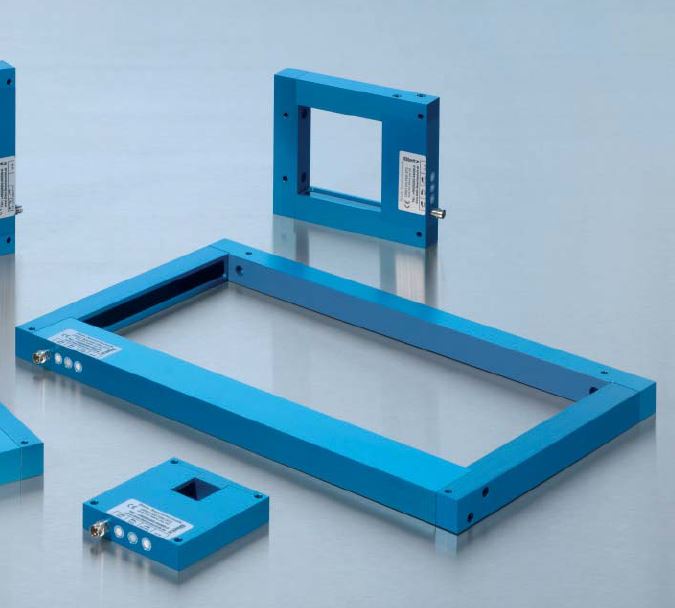IBIS Electro-Products Corp.
15 Saltsman Drive, Units 7 & 8, Cambridge, Ontario, N3H 4R7 Canada View map www.ibisep.comPhotoelectric Frame Sensors
Photoelectric frame sensors make up one of many great Dietz Sensortechnik tools we carry at IBIS Electro-Products Corp. This line is equipped with various transmitter and receiver diodes that allow users to detect objects of any material clearly, even very small ones, in the active zone. Relevant applications include monitoring tiny objects in free fall, detecting small parts conveyed by compressed air, ejection control, protecting tools from damage, separating different-sized objects, yarn break control, measuring object lengths and sizes, and feed control.
These innovative sensors are designed to detect small objects with an infrared light curtain inside the frame from the diodes positioned on opposite sides of every device. They work on two alternative operating modes – dynamic and static mode – which adapt them to various practical requirements. In dynamic mode, these frame sensors can detect extremely small objects that move quickly, an ability that comes in very handy in ejection control. Dynamic mode allows the sensor to adapt itself automatically to changing environmental conditions, which increases operational reliability. The other mode, static, enables the user to detect slow-moving or inert objects inside the frame, which is highly useful in congestion control.
Our lineup of Dietz photoelectric frame sensors at IBIS has many beneficial features, like robust metal housing and material-independent object detection. Certain models also offer adjustable pulse stretching, adjustable sensitivity, and/or removable crossbars. Also available are analog versions that offer a signal proportional to the amount of light beams covered, which allows users to determine the size or position of objects that have entered the detection area.
Other advantages of these frame sensors include easier assembly, shorter response time, and higher resolution than those of standard solutions with many individual through-beam sensors. Optical paths do not influence each other. Each sensor is usable in an open or “U” shape in limited space because of the removable crossbar. The output signal is always processed reliably due to the integrated sensitivity controls, the variable pulse stretching, and the high ambient-light immunity resulting from modulated light.
Sizes available go from 20 by 20 millimetres to 300 by 150 millimetres. Give us a call to learn more about these sensors.
Share

